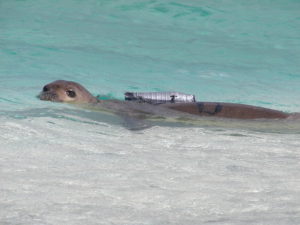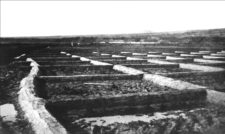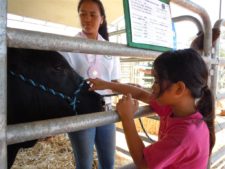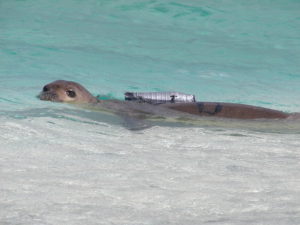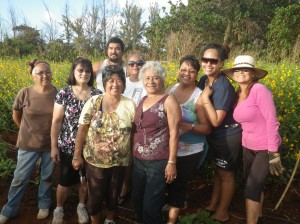Honu Population at Mo`omomi Thriving
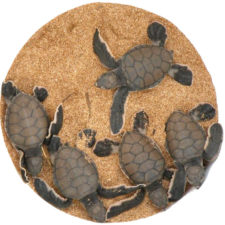
On summer nights, female green sea turtles, or honu, make their way to the beach they were born on about 30 years before. Plodding determinedly to a spot above the high tide line, they dig a hole in the sand with their flippers — sometimes they dig several pits before finding a location they deem satisfactory. There, they lay about 100 white eggs, then use their flippers to cover them with sand. They lumber back to the ocean and slip into the cool dark water, never to see their tiny young that will hatch about two months later and instinctively head for the sea.…







